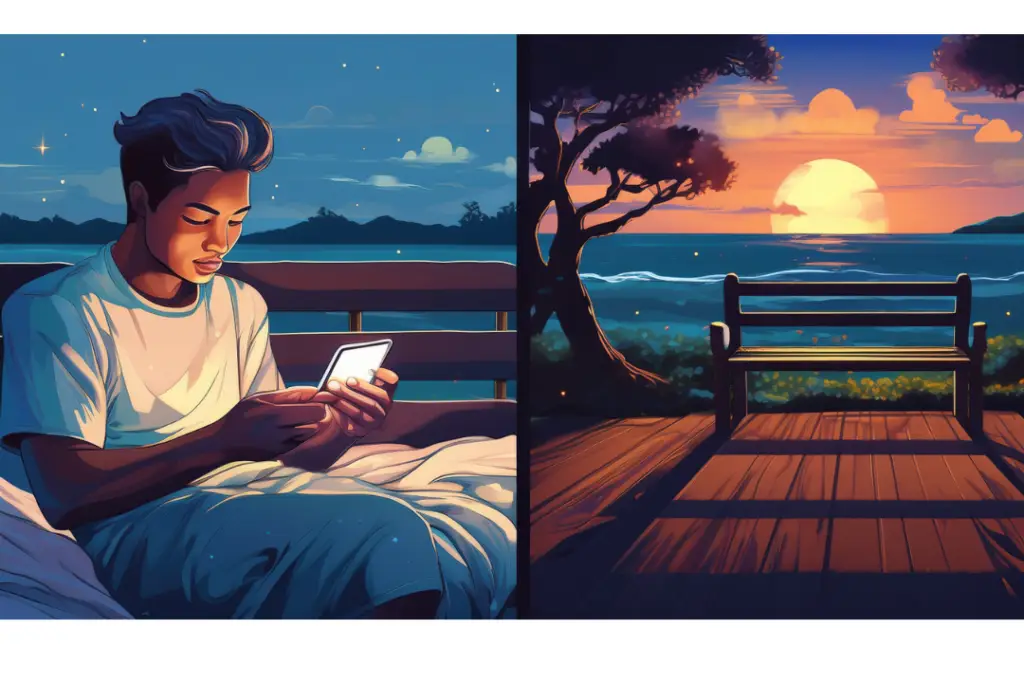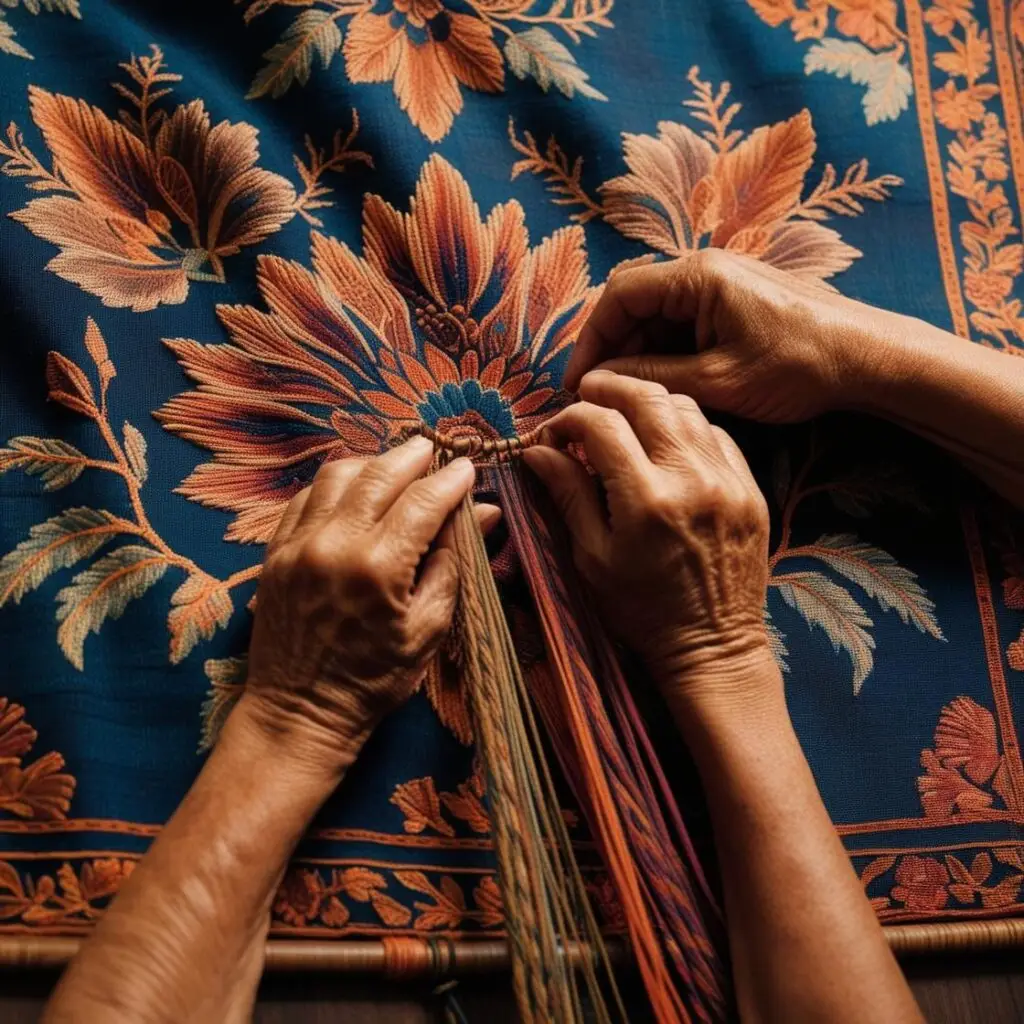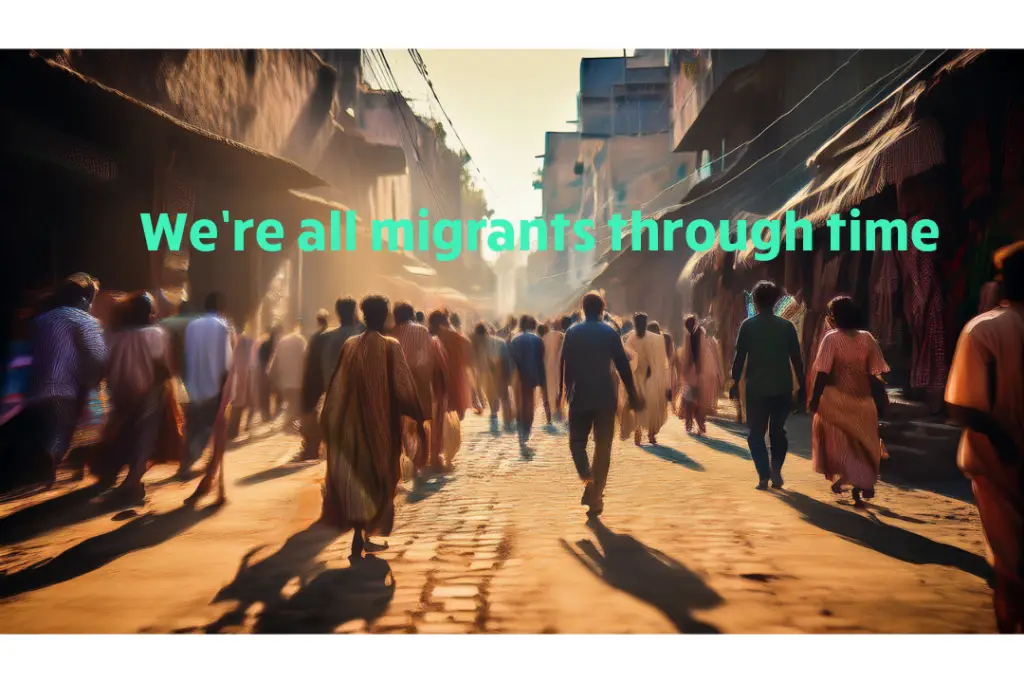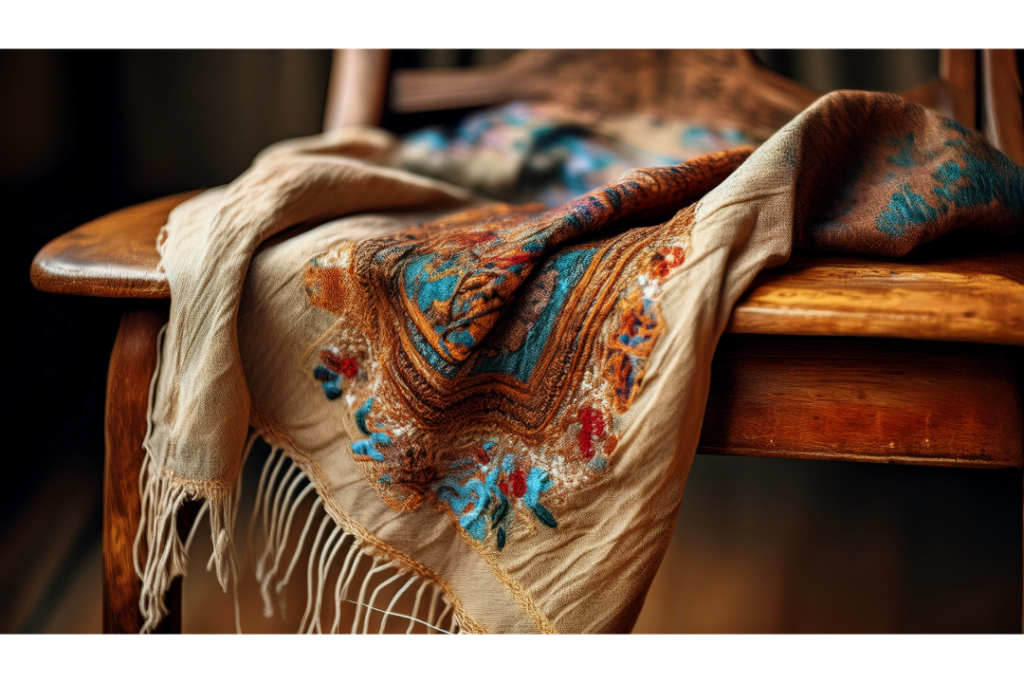Finding Meaning in Everyday Encounters

The tapestry of human connection is woven in moments like that rainy Tuesday evening, when Mrs. Shehnaz, a retired schoolteacher, handed a steaming cup of chai to a shivering stranger at a bus stop. She didn’t know his name, his story, or that he’d just lost his job. But that small act—a thread of kindness in the grand, imperfect tapestry of ordinary days—became the reason he decided to keep going.
We often underestimate the weight of our daily interactions. A smile to the grocery vendor, a nod to the neighbor, a moment of patience with a child—these are the invisible threads that stitch together the tapestry of our shared humanity. Yet, in a world obsessed with grand gestures and viral moments, we forget that it’s the quiet, uncelebrated connections that truly bind us.
The Myth of the ‘Small’ Moment

The Chai Walah Who Remembered My Name:
Every morning for six years, I’ve bought chai from Hamid, a vendor outside my apartment. He knows I like it extra ginger, no sugar. Last year, during a brutal monsoon, his cart flooded. The next day, I brought him a tarp. He didn’t thank me with words. Instead, he scribbled a quote on my cup: “Zindagi ek sip hai, pyar se piyo.” (“Life is a sip—drink it with love.”)
We think relationships require time, depth, or drama. But Hamid taught me that consistency—showing up, day after day—is its own language of care. These “small” moments aren’t trivial; they’re the warp and weft of our social fabric.
Science Agrees:
A 2023 Harvard study found that people who engage in daily micro-connections (even with strangers) report 30% higher life satisfaction. Our brains release oxytocin—the “bonding hormone”—when we hold a door for someone or share a laugh with a cab driver. These threads, though fleeting, biologically remind us: We’re not alone.
When Threads Fray—Loneliness in a Connected World

The Paradox of the Digital Age:
My friend Ahmed, a 28-year-old IT professional, once confessed: “I have 1,000 followers and no one to call at 2 AM.” We’ve never been more “connected,” yet loneliness is a global epidemic. Why?
Social media sells us a lie: that visibility equals intimacy. But curated posts and likes are mere imitations of connection. True threads are spun in vulnerability—the messy, unposed moments where we say, “I see you,” not “Look at me.”

The Silent Struggle of the Office Security Guard:
For months, I’d pass Sameer, the security guard at my office, with a hurried “Good morning.” Then one day, I noticed his lunch—a simple Dal and Chawal. I asked about his hometown. Turns out, he’d walked 12 km daily as a child to study under streetlights. Now, his daughter is an engineer.
His story humbled me. How many Sameers do we walk past daily, blind to the epics hidden in their silence?
Weaving Stronger Threads—A Call to Curiosity

The Art of ‘Thread spotting’:
Thread spotting (noun): The practice of noticing and nurturing the tiny connections around you.
Try this: For one day, replace autopilot interactions with curiosity.
- Ask your house help: “What’s your favorite childhood memory?”
- Tell the delivery person: “Your efficiency amazes me—how do you do it?”
You’ll find that everyone carries a story waiting to unfurl. As author Mohsin Hamid writes: “We are all migrants through time.”

The Ripple Effect of a Single Thread
In 1969, a Japanese scientist named Dr. Masaru Emoto claimed that human emotions could alter water molecules. While his methods were debated, the metaphor holds: kindness ripples outward in ways we can’t see.
When Mrs. Shehnaz gave that chai, the stranger—Ishfaq—later volunteered at a homeless shelter. A boy he fed there grew up to become a doctor. One thread, pulled gently, can tighten the entire tapestry.

Your Thread Matters
Years ago, my grandmother embroidered a shawl with threads from her old saris. “Every color holds a memory,” she’d say. The crimson was from the sari she wore when she met my grandfather. The gold? A remnant of the fabric she’d saved for decades, hoping to stitch a border for her daughter’s wedding. That shawl, now tattered, is my most prized possession—not just for its hues, but for the way it taught me that life itself is a tapestry.
We’re all weaving such a shawl with our lives. Each conversation, each act of patience, each moment of truly seeing another—these threads outlive us. They become heirlooms of hope for those we’ll never meet. But unlike my grandmother’s shawl, the human tapestry isn’t woven by one pair of hands. Our stories crisscross with strangers, neighbors, ancestors. The barista who remembers your coffee order adds a stitch of warmth to your day. The teacher who saw your potential becomes a golden thread in the tapestry of your purpose. Even the fleeting smile exchanged with a stranger tightens the weave of our shared existence.
So today, ask yourself:
What threads am I weaving?
Whose tapestry could use my color?
The beauty of life’s tapestry isn’t in its perfection, but in its imperfections—the tangled knots of grief, the frayed edges of forgiveness, the unexpected blends of joy and sorrow. My grandmother’s shawl has loose threads where she ran out of yarn, patches where moths nibbled holes. Yet those flaws tell the richest stories: the night she stayed up mending it during a storm, the decade it lay folded in a trunk, forgotten, until I rediscovered it. Similarly, our collective tapestry bears the marks of resilience—stains from tears that watered new growth, uneven stitches from hands trembling with courage.
A tapestry isn’t meant to hang pristine behind glass. It’s meant to be held, to warm shoulders, to gather stains from picnics and campfires. When we pretend our threads must be flawless, we rob the world of truth. But when we weave boldly, mismatched colors and all, the tapestry becomes a mirror: Here we are, it whispers, broken and beautiful. This is what it means to be human.
“Share a ‘small’ moment that left a big imprint on your heart.”



Pingback: Successful marriage is Key to Successful and Fulfilling Life